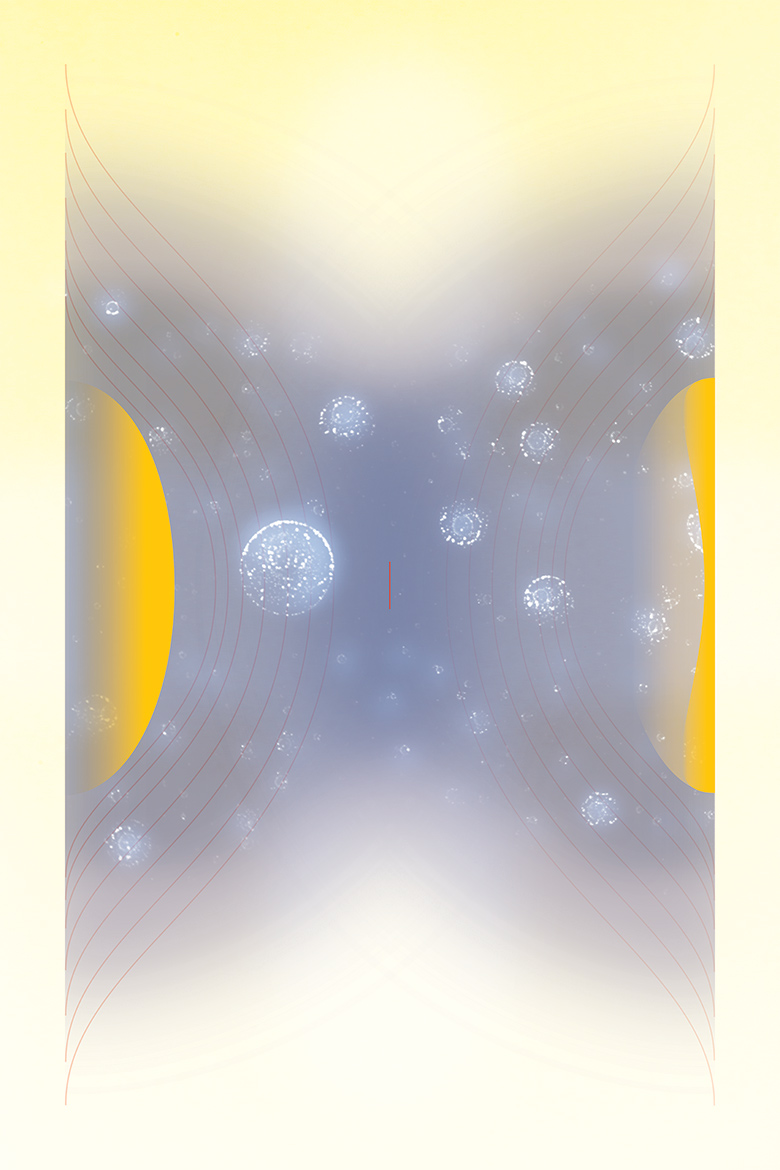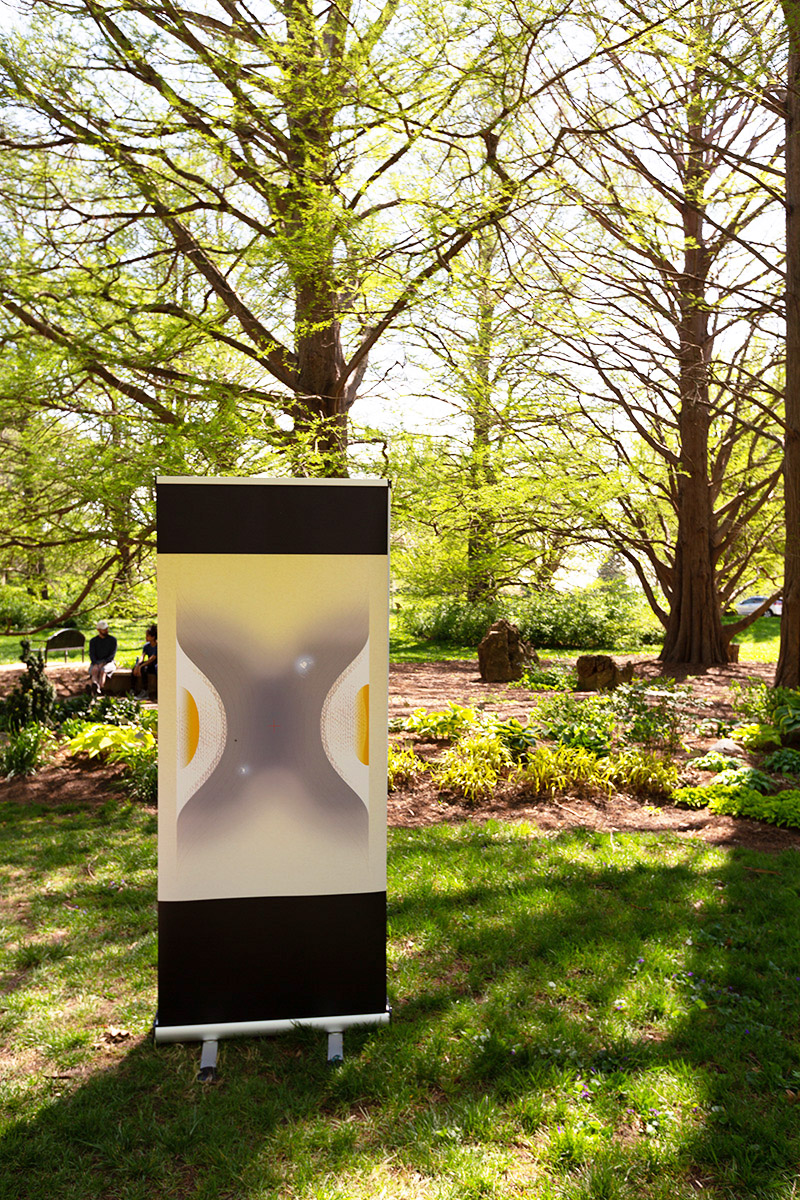CURATED BY
Julia Pollack
WHEN
March 14 - March 14
WHERE
University of Illinois Arboretum







View Gallery
1
/
5
1 / 5
Water
The shorthead redhorse, Moxostoma macrolepidotum, is commonly found in large creeks and rivers across Illinois. It is a member of the “sucker” family, Catostomidae, whose name originates from the ability to use their mouths to suck up small food items usually found on creek and river bottoms. The original image sequence from left to right shows 3D renderings of the external surface (left), internal skeleton (middle), and color-coded external surfaces (right) measured by an X-ray CT scan.
The Illinois Natural History Survey contains specimens of fish that have been collected over the past 150 years. Since there is a wealth of history tied to these specimens, it is important to keep such collections alive because they allow us to ask important scientific questions. After all, if a picture is worth a thousand words, an actual specimen is worth exponentially more.


Sound by Anders Pollack
To enjoy the show remotely, view the works and accompanying videos below. Select pieces include brief discussions between the artist and the scientist about the featured work.

Scientist Collaborator
Christopher A. Taylor
IGB Core Facilities & The Illinois Natural History Survey
Instrument
NSI X5000 High Resolution MicroCT and rendered in 3D using Imaris 3D
Funding Agency
Illinois Natural History Survey
Original Imaging

Special Thanks
Kleinmuntz Center for Genomics in Business and Society; Nelson family and BodyWork Associates
Image Rights
Images not for public use without permission from the Carl R. Woese Institute for Genomic Biology
Special Thanks
Champaign businessman Doug Nelson, President of BodyWork Associates, first proposed the idea that became Art of Science, and his continued efforts to support the exhibit made its realization possible. The IGB is also grateful to James Barham of Barham Benefit Group and [co][lab] founder Matt Cho for hosting the annual exhibit.



















